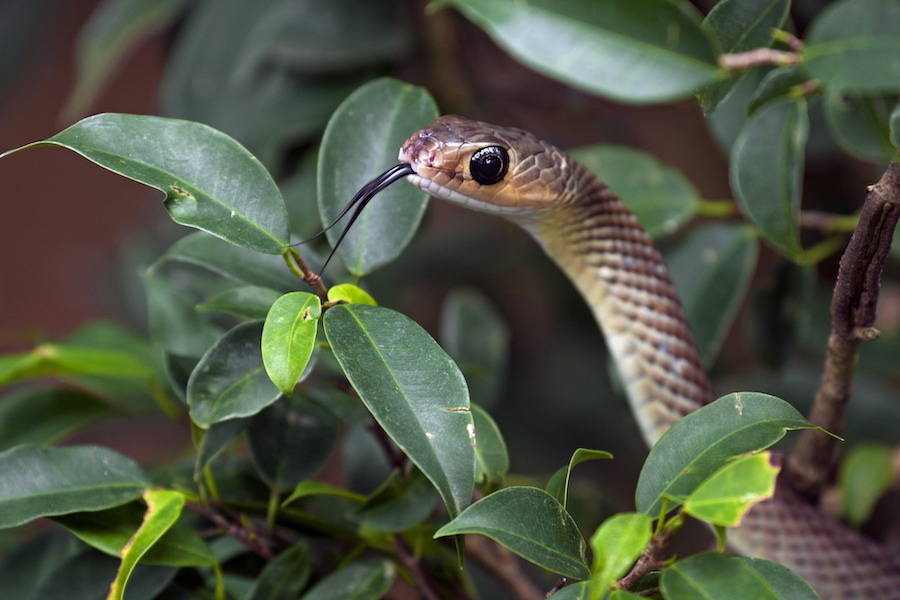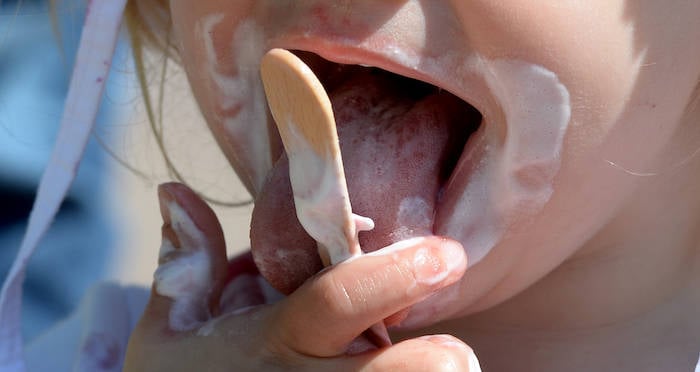Unlocking the Secret: How Your Tongue’s Hidden Sense of Smell Transforms Every Bite
The idea for this study came from the 12-year-old son of senior author of the study, Mehmet Hakan Ozdener, who is a cell biologist at the Monell Chemical Senses Center in Philadelphia where the study took place. His son had asked if snakes extended their tongues so that they could smell.
Snakes use their tongue to direct smelling molecules to a special organ that is located on the roof of their mouth called the Jacobson’s, or the vomeronasal organ. The tongue-flicking motion that snakes do allow them to smell through their mouths by catching odors through their sticky tongue, even though they also have a regular nose.
Unlike snakes, taste and smell in human beings until now were considered to be independent sensory systems, at least until they had carried the sensory information to our brain.
“I am not saying that [if you] open your mouth, you smell,” Ozdener stressed, “Our research may help explain how odor molecules modulate taste perception. This may lead to the development of odor-based taste modifiers that can help combat the excess salt, sugar, and fat intake associated with diet-related diseases such as obesity and diabetes.”

Arterra/UIG/Getty ImagesSnakes smell using their tongue, which sends smell molecules to a special organ on the roof of their mouth.
Researchers at Monell conducted the experiment by growing human taste cells that were maintained in culture and tested for their reactions towards odor. The human taste cells contained important molecules that are commonly found in olfactory cells, which are located in the nasal passages of our nose. These olfactory cells are the ones responsible for detecting smells.













Post Comment